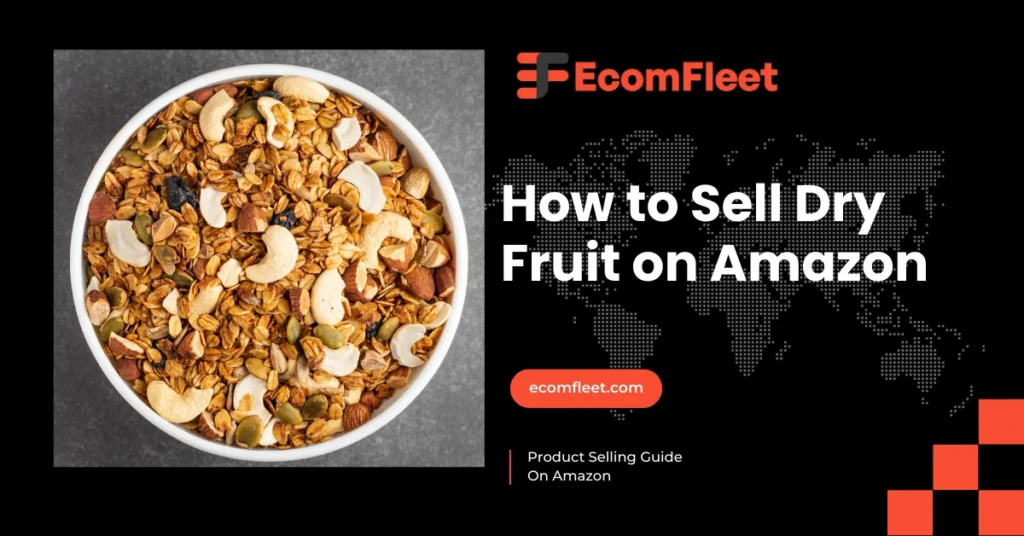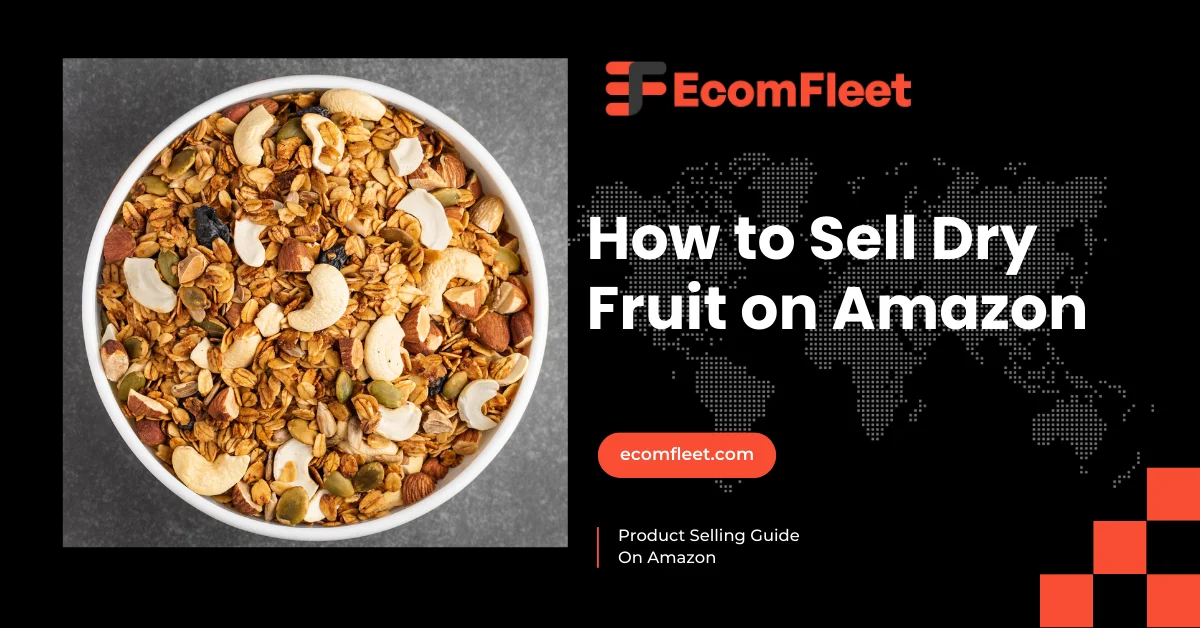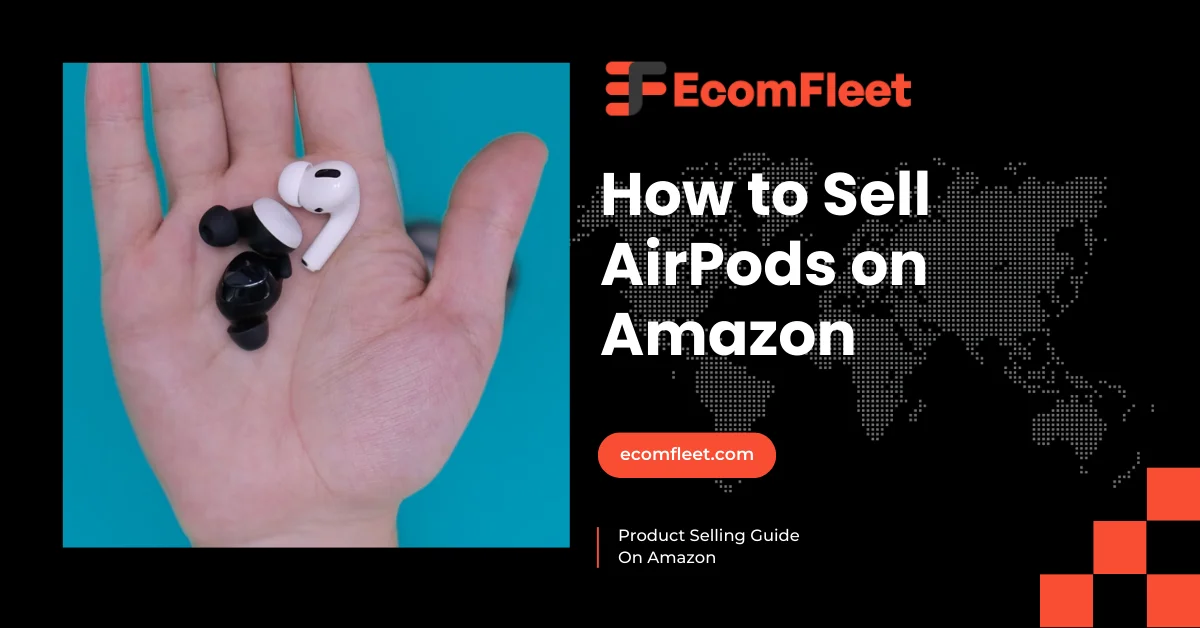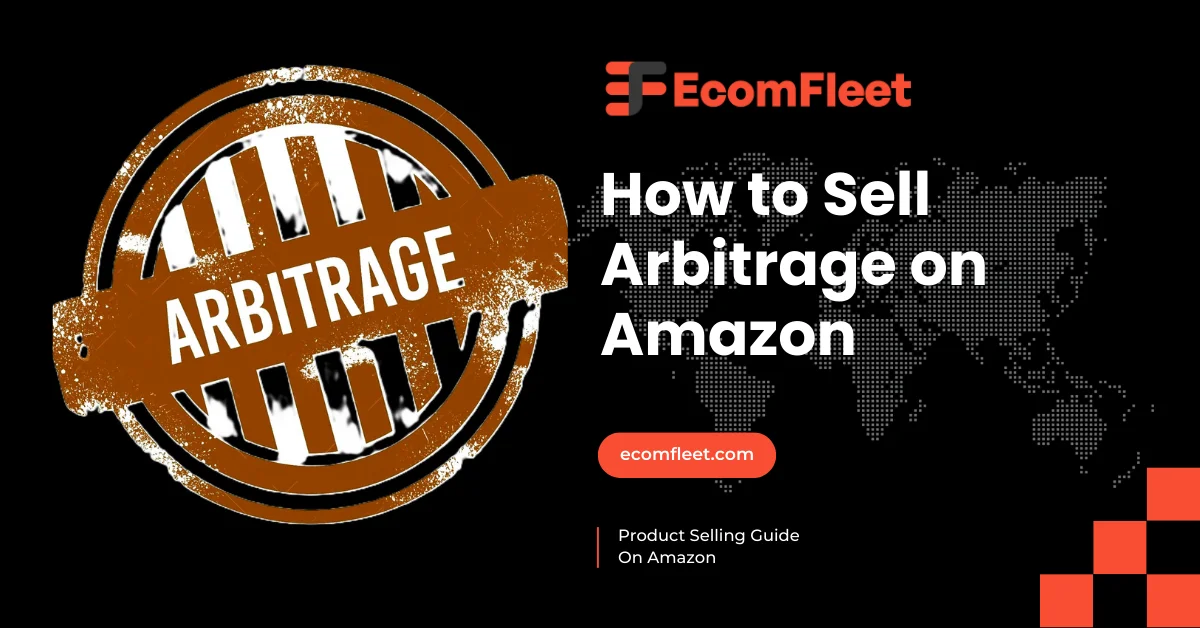Selling dry fruits on Amazon can be a great way to reach a large audience and grow your business online. Amazon’s marketplace offers sellers access to millions of buyers, making it an ideal platform for dry fruit businesses looking to expand. However, selling on Amazon involves more than just listing your products understanding the platform’s requirements, optimizing your listings, and managing your inventory are key steps to ensure success.
To get started, you’ll need to set up an Amazon seller account, select the right category, and decide on packaging that keeps your dry fruits fresh and appealing. It’s also important to create clear and engaging product descriptions with quality images to attract buyers. This blog covers each step of the process, from account setup and product listing to pricing strategies and tips on gaining positive reviews. By following this guide, you’ll be well-prepared to launch and grow your dry fruit business on Amazon, reaching more customers and building a trusted brand.
Table of Contents
ToggleBenefits of Selling Dry Fruits on Amazon
Selling dry fruits on Amazon offers several advantages, especially for those looking to reach a larger market and streamline their operations. The US dry fruit market is projected to grow from USD 2063.03 million to an expected USD 3249.48 million by 2032. One of the biggest benefits is Amazon’s vast customer base. Millions of people browse the platform daily, meaning sellers can tap into a wide audience without needing to set up an independent online store. This increases visibility and makes it easier to build a brand in the competitive dry fruit industry.
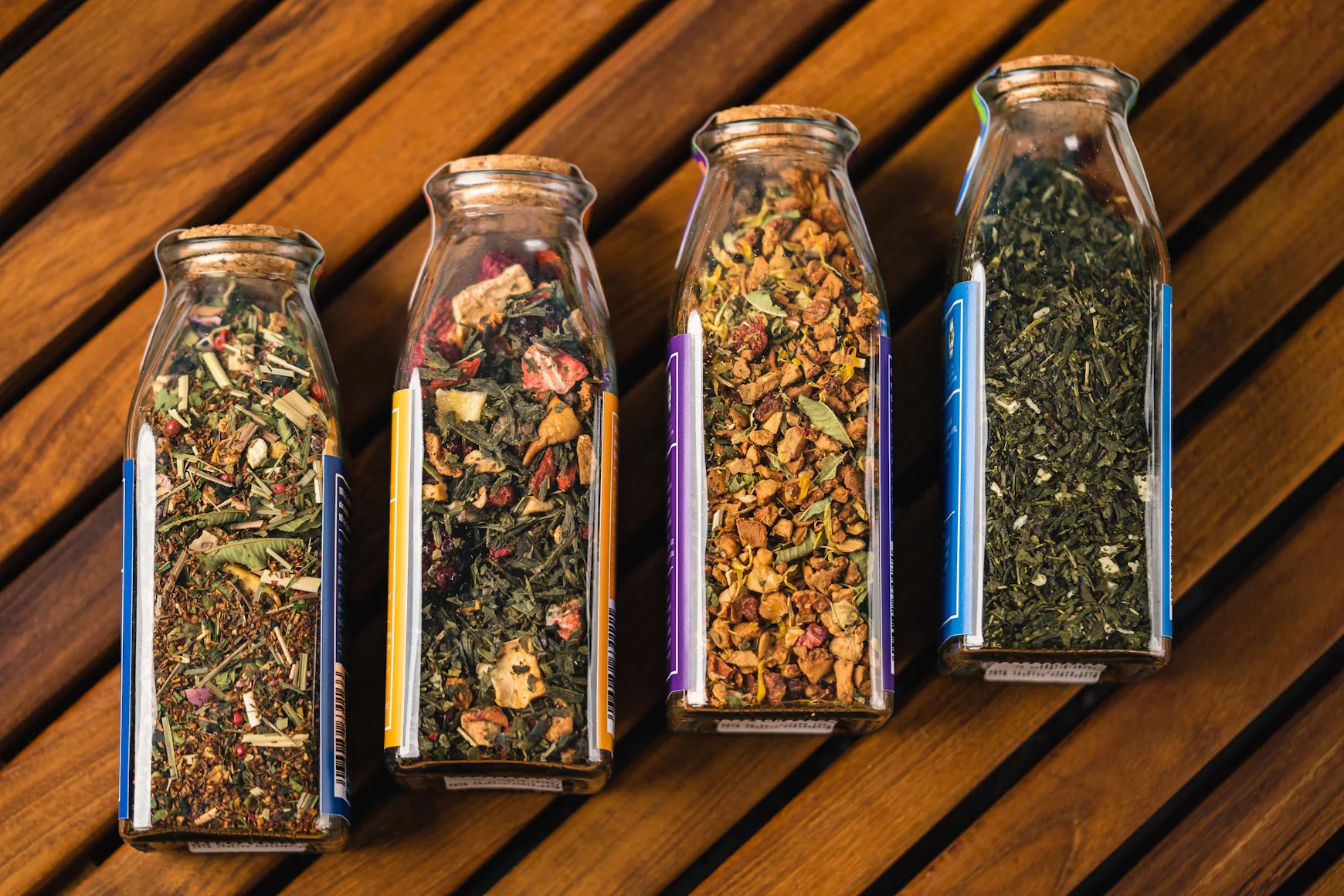
Another benefit is Amazon’s trusted reputation, which can help you gain customer trust quickly. Buyers tend to feel more secure purchasing from established marketplaces like Amazon, where policies protect them and ensure product quality. This can lead to higher conversion rates for your products.
Amazon also offers tools and resources for sellers, such as Fulfillment by Amazon (FBA). With FBA, Amazon takes care of storage, packaging, and shipping, allowing you to focus on product sourcing and marketing. This can be especially helpful for dry fruit businesses, as Amazon ensures timely deliveries, which is crucial for keeping your products fresh.
Finally, Amazon’s advertising options and customer review system help promote your products. Positive reviews can boost your rankings and attract more buyers, while targeted ads help you reach specific audiences. These benefits make Amazon an excellent platform for selling dry fruits and growing your business effectively.
Selling Dry Fruits on Amazon: A step-by-Step Guide
So far, we have covered the advantages of selling dry fruits on Amazon. In this section, we’ll guide you through the steps to successfully list and sell your dry fruits on the platform. First, you’ll need to create an Amazon seller account, as this will allow you to list products, manage sales, and connect with customers on one of the world’s leading e-commerce platforms.
Set Up Your Amazon Seller Account
Creating an Amazon seller account is a vital first step for anyone planning to sell dry fruits on the platform. Here are the two types of seller accounts to choose from: Individual and Professional.
Account Types
Individual Seller Account:
- Monthly Fee: There is no monthly fee for an Individual account.
- Per Sale Charges: Instead of a fixed monthly fee, Amazon charges $0.99 for each sale. For example, if you sell 100 items in a month, the total fees would amount to $99.
- Features: Individual accounts come with limited tools and options compared to Professional accounts. Features like bulk listings and in-depth sales reports are not accessible.
Professional Seller Account:
- Monthly Fee: A Professional seller account costs $39.99 per month, regardless of the number of items sold.
- Per Sale Charges: There’s no per-item fee; however, Amazon applies referral fees based on your product category, typically ranging between 6% and 45%.
- Features: Professional accounts provide access to advanced tools, including:
- Bulk listing features
- Inventory management systems
- Amazon advertising opportunities
- Detailed analytics and reporting
- Eligibility for the Buy Box, which can greatly increase sales potential.
Getting Started
Registration Steps:
- Go to the Amazon Seller Central website.
- Click the “Register” button to begin signing up.
- Complete the necessary fields, including:
- Your full name and email address
- Business details if applicable
- Business address and contact information
- Bank account information for receiving payments
Create Your Seller Profile
A well-structured seller profile is key to building a strong presence on Amazon. A complete profile helps establish credibility and can attract more customers. Here are the essential parts of a seller profile:
- Business Name: Add the name you want customers to see on Amazon.
- Business Address: Include a physical address to build trust with buyers.
- Email Address: Use a professional email associated with your business for smooth communication with both customers and Amazon.
- Phone Number: Provide a business phone number for customer inquiries.
- Professional Logo: Upload a high-quality logo to represent your brand, enhancing its appearance and recognizability.
List Your Products
Creating effective product listings is essential for attracting customers and encouraging sales on Amazon. When selling dry fruits, it’s important to showcase your product’s quality, benefits, and uniqueness. Here’s how to set up product listings that stand out:
Choose the Right Product Category
Dry fruits typically fall under the Grocery & Gourmet Foods category. Be sure to review any specific requirements Amazon has for selling food items, as they may have restrictions on labeling, storage, and expiry dates.
Optimize Product Titles
Create a title that quickly describes the product, including important keywords like “organic,” “non-GMO,” or specific types of dry fruits (e.g., almonds, raisins). This helps your product appear in relevant searches.
Examples: “Organic Almonds – 500g, Non-GMO, Freshly Packed” or “Premium Mixed Dry Fruits – 1kg, Healthy Snack Mix.”
Craft Compelling Product Descriptions
Describe the unique qualities of your dry fruits, such as freshness, origin, health benefits, and any certifications (e.g., organic or sustainably sourced). Organize details into bullet points for easy reading. Mention features like nutritional value, shelf life, and packaging details.
Add High-Quality Images
Use professional, high-resolution images that clearly show the dry fruits. Include close-ups to highlight texture and quality, as well as images of the packaging to reassure customers about freshness. Provide several images to show different views and uses of the product, like snacking, cooking, or gifting.
Set Competitive Pricing
Check the pricing of similar dry fruit products on Amazon to find a competitive price point. Factor in Amazon’s fees, shipping costs, and your profit margin to ensure a sustainable pricing strategy.
Add Keywords for Search Optimization
Use terms that customers are likely to search for, such as “dry fruits for health,” “organic dry fruits,” or “fresh almonds.” Incorporate these keywords naturally in the title, description, and bullet points.
Specify Product Variants
If you sell various types of dry fruits (e.g., almonds, cashews, mixed packs), create variants within the listing so customers can easily select their preferred type or size.
By optimizing your product listings, you increase the likelihood of attracting potential buyers and making sales. Clear, well-structured listings can make your products more visible on Amazon and help you build a loyal customer base.
Choosing a Selling Method Between FBA and FBM
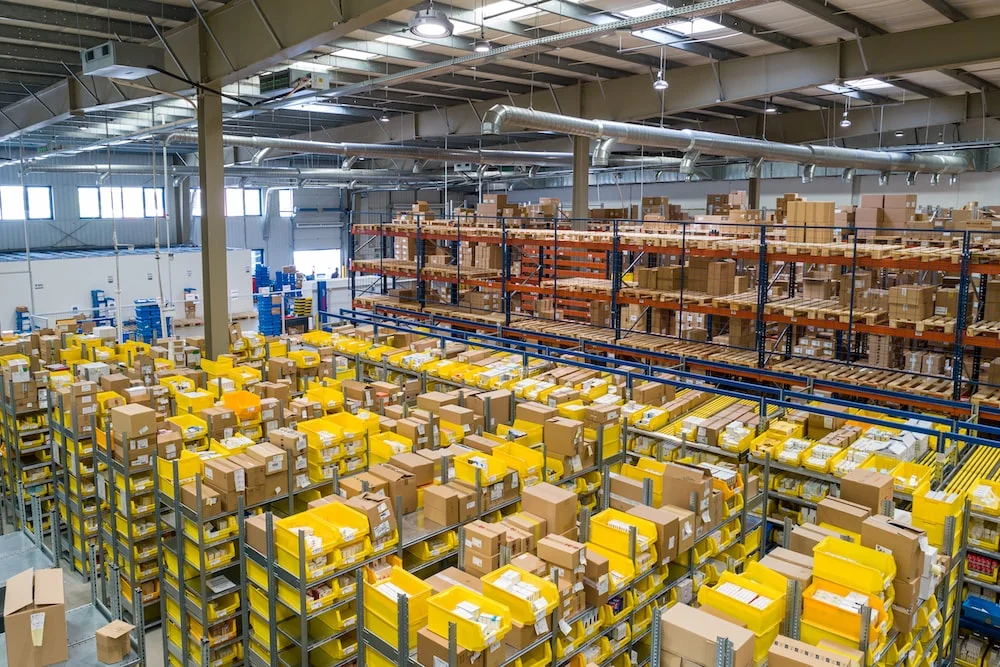
When selling dry fruits on Amazon, choosing between Fulfilled by Amazon (FBA) and Fulfilled by Merchant (FBM) is a key decision that can impact your business’s efficiency, costs, and customer experience. Each option has distinct benefits and costs, so it’s important to select the one that aligns best with your business needs.
Fulfilled by Amazon (FBA)
With FBA, Amazon takes care of storage, packing, shipping, and customer service, making it an ideal choice for sellers who want to streamline logistics and improve delivery speeds. When you opt for FBA, your products become eligible for Prime shipping, which can attract more customers and increase sales, as Prime members often prefer faster, reliable delivery. Additionally, Amazon handles customer service and returns, allowing you to focus on other aspects of your business.
However, FBA comes with associated costs. Amazon charges storage fees, which vary based on the season (higher during peak holiday months) and the volume of inventory you store. There are also fulfillment fees based on product weight and size, which cover packing and shipping services. For dry fruits, typical fees may include both a monthly storage fee (around $0.87 per cubic foot for standard storage during non-peak seasons) and a per-item fulfillment fee, generally starting at around $2.50 per unit, depending on the product’s dimensions and weight.
Fulfilled by Merchant (FBM)
FBM is a better option for sellers who prefer to manage storage, packing, and shipping themselves, which can reduce reliance on Amazon’s services and associated fees. This method gives you more control over your inventory and can save on FBA fees, especially if you already have efficient shipping processes in place. With FBM, you are responsible for handling customer service, returns, and shipping. This method can be particularly advantageous for businesses with their own established warehousing and delivery systems or for sellers who are looking to minimize costs.
However, one downside of FBM is that your products will not qualify for Prime shipping, which can limit exposure to Amazon’s Prime customer base. Customers who prioritize fast shipping may prefer products with the Prime badge, which could affect your sales. For sellers with limited resources or those selling lower-margin items, FBM is often a cost-effective choice since there are no additional fees beyond the basic referral fee Amazon charges for each sale (typically between 6% to 15% for food items like dry fruits).
Which Method to Choose?
If you’re looking for a hands-off approach with higher visibility and access to Amazon’s Prime customers, FBA may be worth the investment in fees, as it can lead to increased sales. On the other hand, if you want to retain control over your inventory and reduce fulfillment costs, FBM could be a better option. Consider the costs and benefits of each to determine which one best aligns with your business goals, capacity, and budget.
Launching Your Products on Amazon
Launching your dry fruits on Amazon requires a strategy to make your products visible and attractive to potential buyers. Start by creating optimized product listings with clear, descriptive titles, high-quality images, and detailed descriptions that highlight the benefits, quality, and unique aspects of your dry fruits. Include relevant keywords naturally to improve search visibility and reach more customers.
Once your listing is live, consider using Amazon’s advertising options, such as Sponsored Products or Sponsored Brands, to increase exposure. These ads help your products appear prominently in search results, drawing more attention and driving initial sales. You can also set competitive pricing and offer promotions or discounts to attract customers, especially when you’re building a brand presence.
Gathering positive reviews early on is crucial for credibility and trust. Encourage satisfied customers to leave reviews by providing excellent customer service and packaging that ensures freshness. A strong launch can position your products favorably, enhance search rankings, and build a loyal customer base, ultimately setting the foundation for successful sales on Amazon.
Do Amazon Marketing or Hire an Amazon Consultant

When deciding whether to manage your Amazon marketing yourself or hire an Amazon consultant, consider your expertise and available time. Handling marketing in-house can save costs and allow you to directly control your strategies. You can experiment with Amazon’s advertising tools, analyze performance data, and refine your campaigns based on customer feedback. However, it requires a learning curve and consistent effort.
On the other hand, hiring an Amazon consultant brings specialized knowledge and experience. They can provide insights into best practices, help optimize your product listings, and manage your advertising campaigns effectively. A consultant can also save you time, allowing you to focus on other aspects of your business.
Ultimately, the choice depends on your budget, resources, and marketing goals. If you have the capacity to learn and experiment, self-managing might be beneficial; however, if you’re looking for faster results and expert guidance, a consultant could be a worthwhile investment.
Hire Ecomfleet to Skyrocket your Amazon sales
If you are unsure where to start or need expert help, consider reaching out to Ecomfleet. Our experienced consultants can help your coffee brand thrive in a competitive market. Let us handle the details so you can enjoy the rewards of your hard work.
Acquiring Customer Reviews
Acquiring customer reviews is essential for building credibility and trust for your dry fruits on Amazon. Positive reviews not only enhance your product’s visibility in search results but also influence potential buyers’ purchasing decisions. To encourage reviews, start by providing excellent customer service and ensuring your products meet high quality standards. Happy customers are more likely to leave positive feedback.
You can also proactively request reviews by following up with customers after their purchase. A simple email thanking them for their order and inviting them to share their experience can be effective. Consider including a link to the review section of your product listing to make the process easier.
Incentives can also motivate customers to leave feedback. For example, offering discounts on future purchases for customers who submit a review can encourage more responses. However, ensure that your approach complies with Amazon’s policies regarding incentivized reviews to avoid potential issues.
Capitalize on Social Media to Boost Sales
Capitalizing on social media is a powerful strategy to boost sales for your dry fruit business on Amazon. Social media platforms like Instagram, Facebook, and Pinterest provide excellent opportunities to showcase your products visually, engaging a wider audience. Start by creating eye-catching content that highlights the unique qualities of your dry fruits, such as their health benefits, quality, and packaging. High-quality images and videos can capture attention and spark interest among potential customers.
Engage with your audience by sharing recipes, tips, or user-generated content that features your products. Running contests or giveaways can also encourage shares and interactions, further amplifying your reach. Collaborating with influencers in the food and health niche can introduce your brand to their followers, driving traffic to your Amazon listings.
Utilize paid advertising options on these platforms to target specific demographics, ensuring your products are seen by those most likely to buy. By consistently engaging with your audience and providing valuable content, you can build brand loyalty and drive more sales through your Amazon store, effectively transforming your social media presence into a sales engine.
Tracking Sales and Analyzing Performance
Tracking sales and analyzing performance is crucial for optimizing your dry fruit business on Amazon. Regularly monitoring your sales data helps you understand which products are performing well and which may need improvement. Use Amazon’s Seller Central dashboard to access key metrics like sales volume, revenue, and conversion rates.
Analyzing performance goes beyond just numbers; it involves identifying trends and patterns in customer behavior. Look for insights on peak selling times, customer demographics, and feedback trends. This information can guide your marketing strategies, allowing you to focus on successful products and adjust underperforming ones.
Utilizing tools like Amazon Analytics or third-party software can enhance your data analysis, providing deeper insights into your sales funnel. By consistently tracking and reviewing your performance, you can make informed decisions that drive growth, improve customer satisfaction, and ultimately boost your overall sales on the platform.
Managing Customer Reviews and Feedback
Effectively managing customer reviews and feedback is vital for maintaining a positive reputation and boosting sales for your dry fruit business on Amazon. Start by actively monitoring your product reviews to stay informed about customer sentiments. Respond promptly to both positive and negative feedback, showing appreciation for praise and addressing concerns with professionalism and care.
Encouraging reviews from satisfied customers can enhance your credibility, so consider implementing follow-up emails to request feedback after purchases. Use this input to identify areas for improvement, whether it’s product quality, packaging, or customer service.
Highlight positive reviews on your social media platforms or product listings to build trust and attract new customers. Additionally, learning from negative feedback can provide valuable insights that help refine your offerings and improve the customer experience. By maintaining an open dialogue with your customers and demonstrating your commitment to their satisfaction, you can foster loyalty and encourage repeat business in the competitive Amazon marketplace.
Some top Dry Fruit Selling Categories on Amazon
Almonds
Almonds are nutrient-dense nuts that are rich in healthy fats, protein, and vitamin E. They can be enjoyed raw, roasted, or as almond butter, making them a versatile ingredient in both sweet and savory dishes. Their popularity has surged due to their health benefits and culinary uses.
Estimated Price: $15 – $30 per pound
Cashews
Cashews have a creamy texture and a subtly sweet flavor, making them a favorite for snacking and cooking. They are often used in vegan recipes to create creamy sauces and desserts. Rich in minerals like magnesium, they also offer various health benefits.
Estimated Price: $12 – $25 per pound
Walnuts
Walnuts are renowned for their omega-3 fatty acids, which are beneficial for heart health. Their unique flavor and crunch make them ideal for baking, salads, and as a standalone snack. They also provide antioxidants, contributing to overall wellness.
Estimated Price: $10 – $22 per pound
Dried Apricots
Dried apricots are sweet and chewy, packed with vitamins A and C, and dietary fiber. They are perfect for snacking or adding to trail mixes, granola, or baked goods. Their vibrant color and flavor make them a popular choice among dried fruits.
Estimated Price: $8 – $18 per pound
Raisins
Raisins are dried grapes that offer natural sweetness and are rich in iron and antioxidants. They are commonly used in baking, cooking, or as a healthy snack on their own. Their versatility makes them a staple ingredient in many recipes.
Estimated Price: $5 – $12 per pound
Dates
Dates are known for their rich sweetness and sticky texture, making them a popular choice for energy snacks and desserts. They are high in fiber and provide a quick energy boost, which is why they are often used in health foods. Their unique flavor also enhances various dishes.
Estimated Price: $8 – $20 per pound
Dried Figs
Dried figs are sweet, chewy fruits that are high in fiber and beneficial minerals like calcium and potassium. They can be eaten on their own, added to salads, or used in desserts, making them a versatile addition to any diet. Their distinctive taste and health benefits add to their appeal.
Estimated Price: $10 – $22 per pound
Pistachios
Pistachios are celebrated for their vibrant green color and unique flavor, offering a satisfying crunch. They are often enjoyed as a snack, in trail mixes, or as an ingredient in various dishes. Rich in protein and healthy fats, they are a nutritious choice for health-conscious consumers.
Estimated Price: $15 – $30 per pound
Conclusion
Selling dry fruits on Amazon presents a lucrative opportunity for entrepreneurs looking to tap into the growing demand for healthy snacks. By understanding the benefits of selling on this platform and effectively managing your product listings, customer feedback, and marketing strategies, you can build a successful online business. Utilizing tools such as Amazon FBA or FBM can streamline your operations, while social media marketing can help drive traffic and enhance brand visibility.
Frequently Asked Questions
What are the best dry fruits to sell on Amazon?
The best dry fruits to sell include almonds, cashews, walnuts, dried apricots, raisins, dates, dried figs, and pistachios due to their popularity and health benefits.
Do I need a seller account to sell dry fruits on Amazon?
Yes, you need to create an Amazon seller account to list your products and engage with customers on the platform.
What are the fees associated with selling on Amazon?
Amazon charges fees based on the selling method you choose, including referral fees and potential monthly subscription fees, depending on whether you have an Individual or Professional seller account.
How can I effectively market my dry fruits on Amazon?
You can market your dry fruits by optimizing your product listings with relevant keywords, utilizing Amazon advertising, and leveraging social media platforms to reach a broader audience.

